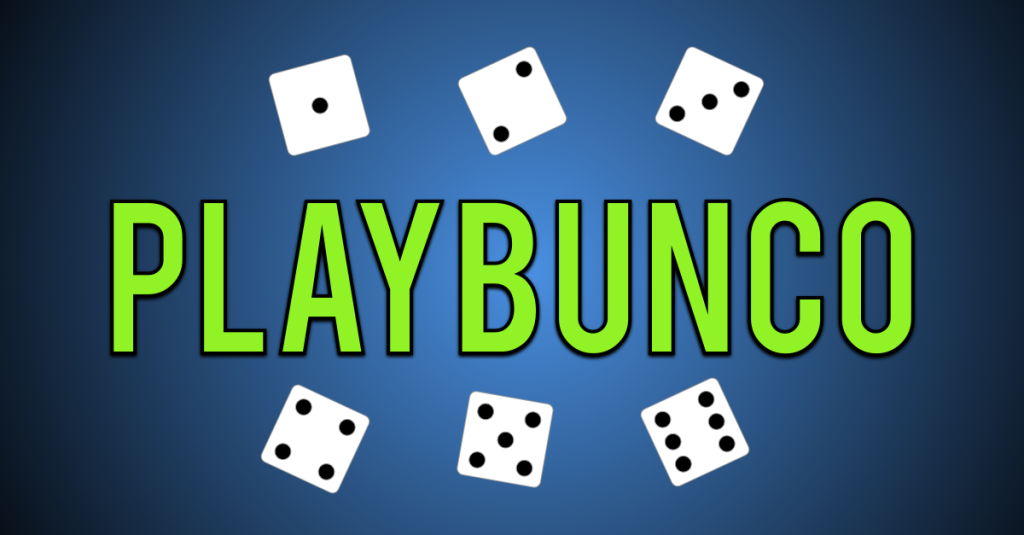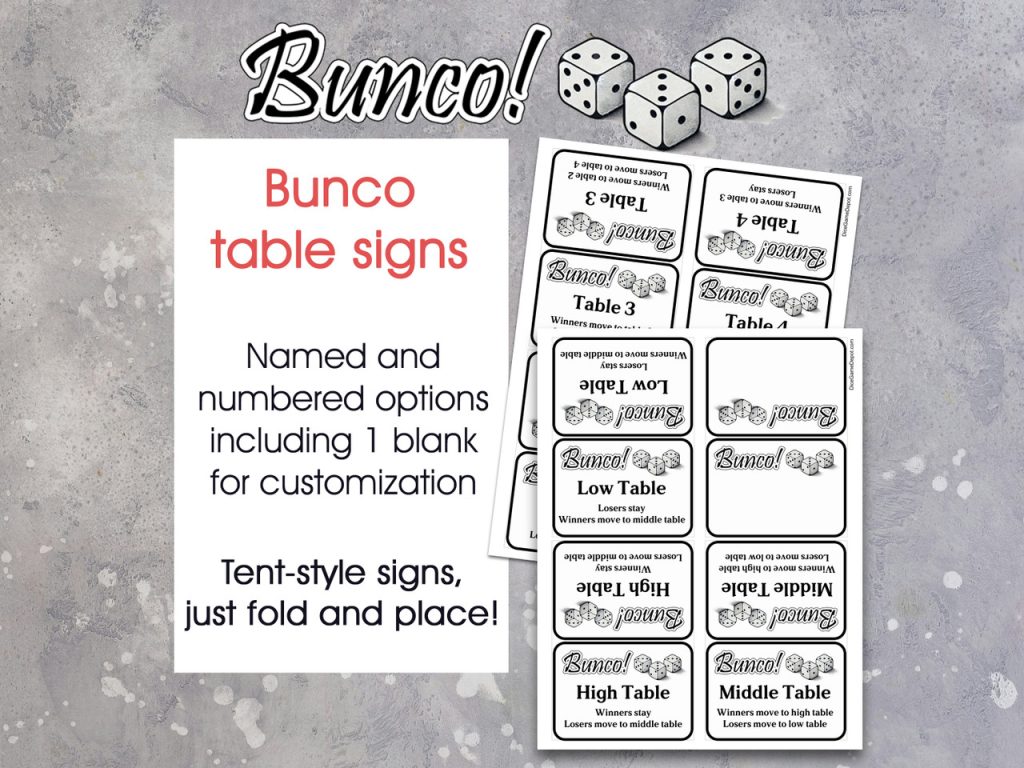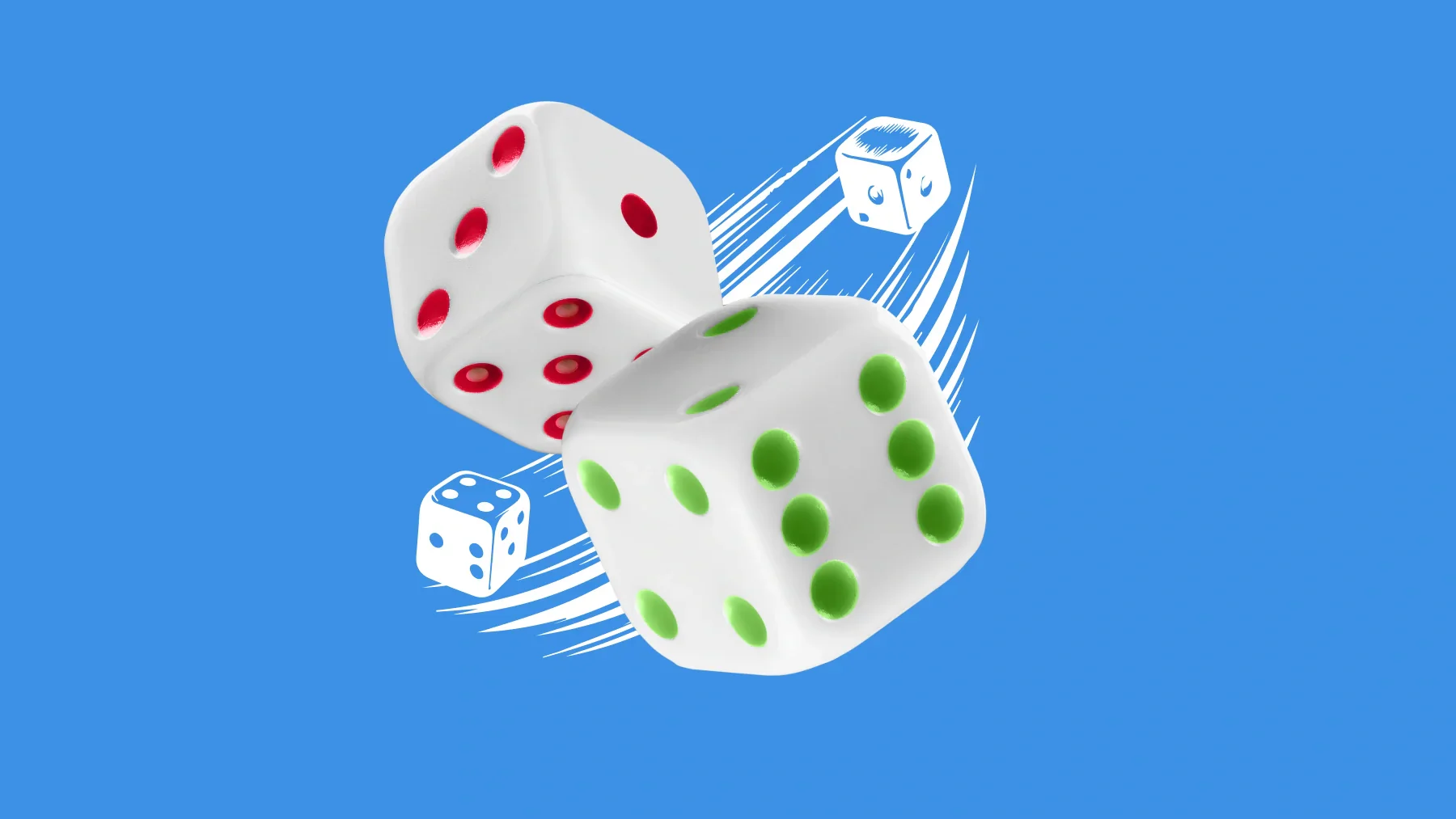Introduction
Bunco dice is a fast-paced, social dice game that has been entertaining families, friends, and groups for generations. Originally gaining popularity in the United States during the 1980s as a casual party game, Bunco is often played in large groups and is known for its simplicity, social interaction, and energetic atmosphere. It requires minimal equipment, no special skills, and can accommodate twelve or more players with ease. While the game’s rules are straightforward, understanding the structure, scoring, and flow of Bunco is key to hosting a successful game night.
In this comprehensive guide, we’ll cover the complete rules for the Bunco dice game, including gameplay mechanics, table rotation, scoring system, and everything else you need to know to get started or refine your strategy. Whether you’re a beginner or just need a refresher, this guide will walk you through Bunco in detail so you can enjoy this classic dice game to the fullest. Please visit this.
Understanding The Basic Setup And Objective Of Bunco

The game of Bunco dice is typically played with 12 people, divided into groups of four at three separate tables. However, it is flexible enough to accommodate more or fewer players, as long as they are organized into groups of four. Each table is usually labeled as the Head Table, Middle Table, and Last Table. The main objective of the game is to score points by rolling specific numbers with three dice.
The game is played in rounds, and each round corresponds to a target number that players are aiming to roll. For example, during Round One, players try to roll ones, during Round Two, they aim for twos, and so on, up to Round Six. After completing all six rounds, a game of Bunco ends, and scores are tallied to determine the winner based on predefined categories like most Buncos, most wins, and fewest losses. Because the game is based purely on luck and requires no strategic expertise, it’s easy for players of all ages and skill levels to enjoy together.
Required Equipment To Play Bunco
To play Bunco dice, you need a few simple items: three dice for each table, a bell or buzzer at the Head Table to signal the start and end of each round, a scorecard and pencil for each player, and tally sheets to keep track of wins, losses, and Buncos. Optional items include prizes for winners in various categories, themed decorations, and snacks to enhance the experience.
The simplicity of the setup is part of what makes Bunco dice such a popular choice for group gatherings, as it doesn’t require complicated equipment or a long setup process. Most of the items can be easily prepared or printed at home, making it ideal for spontaneous game nights or organized Bunco parties. Each player keeps track of their own score, while each table also maintains a collective score to determine which team moves and which stays at the table for the next round.
Structure And Flow Of A Bunco Game
A typical Bunco dice game consists of six rounds per set, with a full game often including two or more sets depending on how long players wish to play. Each round focuses on a specific number from one to six, which becomes the target number players try to roll. The Head Table controls the flow of the game. At the beginning of a round, the Head Table rings a bell to signal everyone to start rolling. Play proceeds clockwise around each table, with players taking turns rolling three dice and aiming to match the current round’s number.
Each successful match earns points, and players continue rolling as long as they keep scoring. Once a roll results in zero points, the dice pass to the next player. When one team at the Head Table reaches 21 points, they ring the bell again to end the round for everyone, prompting teams to record wins and losses and potentially rotate tables depending on the outcome. This rhythm creates a fast and energetic atmosphere, which is a hallmark of the Bunco experience.
Teams And Table Rotation Explained
Bunco dice is a game played in pairs, with each table consisting of two teams of two players each. Players sit across from their teammate, and teams stay together for the entire game. After each round, teams may move to a different table based on whether they won or lost. At the end of a round, the winning team at each table remains seated while the losing team rotates. The direction of rotation varies depending on house rules but typically follows a counter-clockwise pattern.
The Head Table has a special role in that it dictates the pace of the game. When the Head Table finishes a round by reaching 21 points, all other tables must stop, even if they haven’t finished their round. This feature adds a sense of urgency and unpredictability to each round. It also ensures that all tables stay somewhat in sync, helping the event move smoothly and allowing for easier organization of rounds and scoring. As the game progresses, teams mix and interact with different players, adding to the social nature of the game.
Scoring In Bunco: How Points Are Earned?

The scoring in Bunco dice is simple but essential to understand. During each round, the target number is the round number itself. For instance, in Round Three, players try to roll threes. For every die that matches the round number, the player earns one point. If all three dice match the round number, it is called a “Bunco,” and the player scores 21 points immediately, ending their turn with a high score.
If a player rolls three of a kind that does not match the round number, they earn five points. For example, rolling three twos during Round Four would give a player five points, not 21. Players continue rolling the dice as long as they keep scoring. Once they roll no scoring numbers, their turn ends, and the dice pass to the next player. At the end of each round, the team with the highest cumulative points at each table wins that round. The simplicity of this scoring system makes it easy to learn, yet exciting enough to keep players engaged throughout the game.
Declaring A Bunco And What Happens Next
Calling a Bunco dice is one of the most exciting moments in the game. A Bunco occurs when a player rolls all three dice to match the round number—for example, three fours during Round Four. When this happens, the player must declare “Bunco!” and immediately score 21 points. This declaration adds an element of fun and surprise to the game, often causing laughter and cheers around the table. After scoring a Bunco, the player’s turn ends regardless of whether they could have continued rolling.
Some versions of the game include special rules or rewards for Buncos, such as wearing a silly hat, receiving a token, or marking a star on their scorecard. The total number of Buncos is often used to determine prize winners at the end of the game, making each occurrence important not just for the round but also for the overall results. Declaring a Bunco dice energizes the room and can quickly shift the dynamic of the game, especially if it helps a team clinch a win.
Winning The Round And Advancing The Game
Each round concludes when a team at the Head Table reaches 21 points. When this happens, the bell is rung, and all tables must stop playing immediately, regardless of their own scores. The scores are then recorded, and teams are labeled as either winners or losers for that round. Depending on their outcome, teams rotate tables accordingly. The process repeats for six rounds, covering each number from one through six. Once all rounds are complete, the game either ends, or players can start another set for additional fun.
Winners of individual rounds track their performance on their scorecards, noting wins, losses, and Buncos. After all sets are played, final scores are tallied, and winners are determined based on several categories. These may include most wins, most Buncos, most losses (often awarded humorously), and even categories like most social or best sport, depending on how the event is structured. The game’s lighthearted nature means that it is often played as much for the fun and camaraderie as for the prizes.
Hosting A Bunco Party: Tips And Traditions
Hosting a Bunco dice night is a beloved tradition in many communities, often serving as a monthly gathering for friends, families, or neighborhood groups. The host is typically responsible for organizing tables, preparing scorecards, arranging seating, and supplying snacks or drinks. Themed Bunco nights are particularly popular, with decorations, costumes, and themed food enhancing the festive mood. Prizes are usually given at the end of the game, with small gifts or trinkets awarded for categories such as Most Buncos, Most Wins, Most Losses, and even Funniest Moments.
Many groups take turns hosting, with a rotating schedule that allows each member to bring their own flair to the event. The game’s social aspect is a major draw, offering a chance for casual conversation, laughter, and bonding. Even for those unfamiliar with the rules, the simplicity of the game and the friendly atmosphere make it easy to pick up and join in. Hosting a Bunco dice game party is more than just organizing a game—it’s about creating a fun, welcoming environment where memories are made.
Variations And House Rules In Bunco
While the core rules for the Bunco dice game remain consistent, many groups adopt their own house rules and variations to suit their preferences. Some groups choose to play with 18 or even 24 players, adding additional tables and adjusting the flow accordingly. Others introduce unique scoring bonuses for certain rolls, or penalties for specific outcomes like rolling three sixes in a non-six round. Some versions include mini-games or challenges between rounds, such as trivia questions or silly tasks.
Others incorporate charity elements, turning entry fees into donations or using the game night to raise funds for a good cause. These variations add an element of novelty and creativity to each session, keeping the game fresh and engaging for regular players. Because Bunco dice is inherently flexible and based on community participation, it lends itself well to customization. Whether you’re a purist or a creative gamer, the ability to shape the game according to your group’s personality is part of what makes Bunco so enduring and enjoyable.
Keeping Score And Declaring Overall Winners

At the end of all rounds or sets, players tally their individual and team scores. Each scorecard includes areas to track Wins, Losses, and Buncos, with spaces to total them at the end. The player with the most Wins is often declared the overall game winner, but other categories are usually celebrated as well. Most Buncos dice is another coveted title, while Most Losses is humorously awarded as a form of comic relief. Some groups even include a Lucky Duck award for the player with the most total points in a single round.
Prizes don’t need to be expensive; they can be as simple as gift cards, snacks, or themed trophies. Keeping score is typically a self-monitored process, with players responsible for updating their cards throughout the game. To keep things fair, many hosts collect scorecards at the end of each round for a quick double-check before final tallies are made. Once winners are announced and prizes handed out, many groups celebrate with one final toast or group photo, marking the end of another successful Bunco night.
Conclusion
The Bunco dice game is a simple yet exhilarating way to bring people together for a night filled with laughter, chance, and camaraderie. Its rules are easy to learn, its setup is minimal, and its potential for fun is limitless. Whether you’re playing with a group of friends, coworkers, or family members, Bunco dice game offers a relaxed yet energetic environment that encourages connection and friendly competition. From rolling the dice to shouting “Bunco!” and rotating tables with excitement, the game has become a cherished tradition for many.
Understanding the official rules for the Bunco dice game—including gameplay structure, scoring, and social customs—ensures that you’ll be ready to participate or host with confidence. Whether you’re looking to start a new gaming group or revive an old tradition, Bunco dice is the perfect combination of simplicity and excitement. With a little preparation and a lot of enthusiasm, your Bunco night is sure to be a memorable success for everyone involved.

